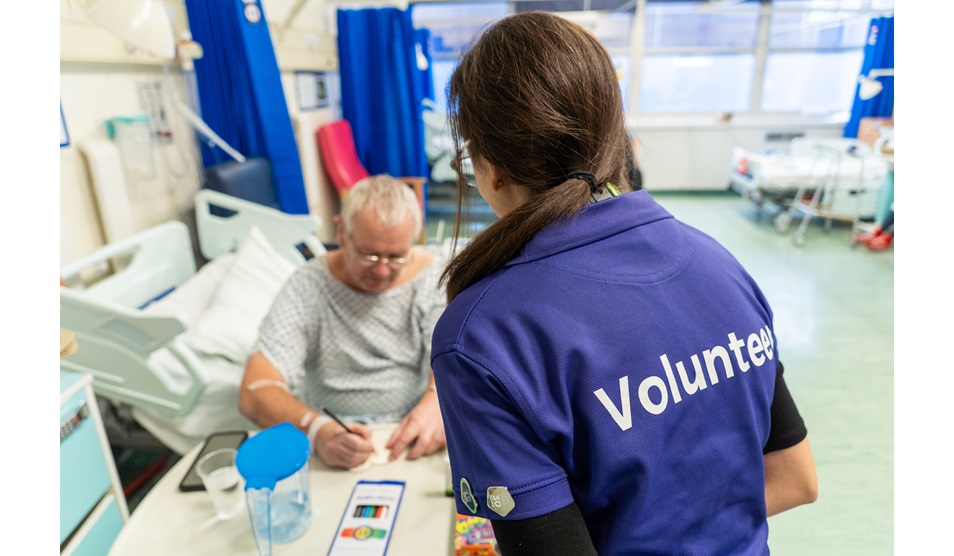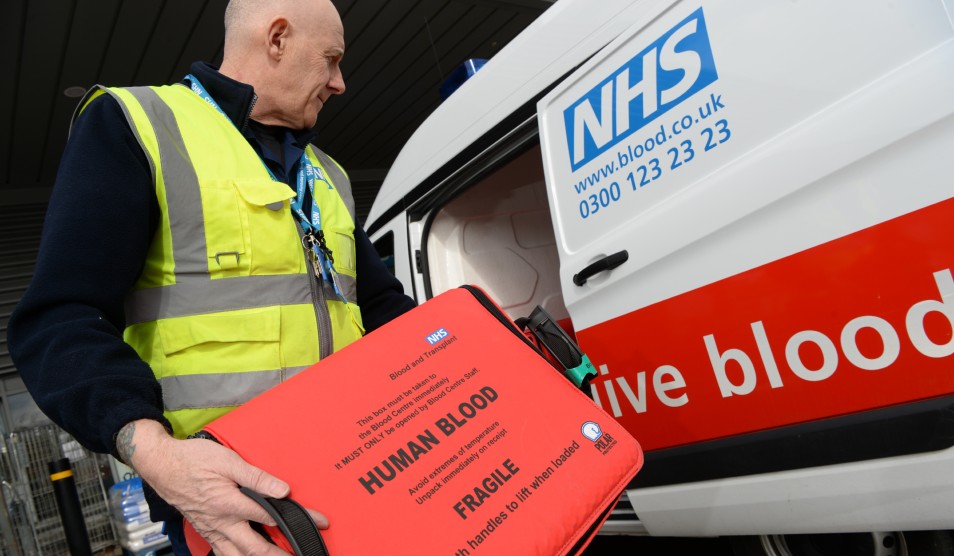Consultant ear nose and throat surgeon recognised as one of Top 50 Women in Engineering
Miss Catherine Rennie, consultant ear nose and throat (ENT) surgeon, has been recognised in this year’s Top 50 Women in Engineering list.
Produced by the Women’s Engineering Society to mark International Women in Engineering Day (23 June) the 2021 Top 50 Women in Engineering list this year celebrates ‘Engineering Heroes’ – women who have improved engineering in service of our society. The list comprises of the best, brightest and bravest women in engineering, who recognise problems and endeavour to be part of solutions.
Miss Rennie has led a team of clinicians from Imperial College Healthcare NHS Trust who have championed the development of a new device that can protect staff and patients from exposure to Covid-19.
As an ENT surgeon much of Catherine’s work involves examining and operating on the upper airway. Many routine ENT procedures are aerosol generating, which means that they result in very small droplets or particles (called aerosols) being released from the patient's airway, which may be infectious if the patient has Covid-19 or another infectious respiratory disease. Around 10-20 per cent of Covid-19 in hospitals is thought to be hospital acquired and so containment of aerosols could help reduce the risk of transmission for staff and patients. At the beginning of the pandemic, Miss Rennie formed a collaboration with Mercedes-AMG Petronas F1 team and Imperial College London's aeronautics department to investigate ways to reduce aerosol spread in the hospital environment.
In partnership with designers at Mercedes-AMG Petronas F1 team, Catherine co-developed the Zephyr hood, which can be rapidly deployed to be worn by patients who have tested positive for Covid-19 or are awaiting a test result. The hood acts as a shield around the infected (or potentially infected) patient to stop larger droplets and smaller aerosols particles from spreading. It does this by using a very high-quality air filter (HEPA standard) to remove particles from the air and also by using negative pressure to stop potentially 'infected' air from escaping. Air in the hood is changed for fresh air four times every minute.
The Zephyr hood is about to start clinical trials in A&E at St Mary's Hospital and a second device (the Boreus shield) to prevent aerosols spreading during operations is currently undergoing early-stage testing
Catherine is also volunteering her spare time to contribute to the Exovent design group; an effort to develop negative pressure ventilation as a low-cost child and infant respiratory support device for developing countries, where respiratory ailments are leading causes of mortality.
Miss Rennie completed a PhD in the aeronautics department at Imperial College London on airflow in the nose and sinuses where her work involved collaboration between the departments of otolaryngology, aeronautics and nuclear medicine. As an honorary research fellow and lecturer in the aeronautics department she continues to be actively involved with this research.
Commenting on her inclusion in the Top 50 Women in Engineering list, Miss Rennie said: “It is an honour to be recognised in this way by the Women’s Engineering Society. Collaboration between medical research and engineering has never been more important than to find solutions that can help us respond better to this and potential future pandemics. I hope that this year’s International Women in Engineering day will show more young women that they can get involved with engineering and show the difference their vital contributions could make.”





